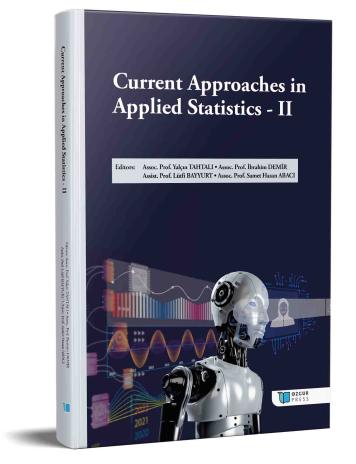
A Macroeconomic Perspective on Türkiye’s Climate Crisis Risk: Decision Tree Analysis
Chapter from the book:
Tahtalı,
Y.
&
Demir,
İ.
&
Bayyurt,
L.
&
Abacı,
S.
H.
(eds.)
2025.
Current Approaches in Applied Statistics II.
Synopsis
Green Swan is a risk concept used to describe unpredictable, sudden, and systemic economic crises caused by climate change. Awareness of Green Swan risks began with the 2015 Paris Climate Agreement and was conceptually framed by a 2020 report from the Bank for International Settlements (BIS) and the Banque de France. Green Swan risks are not only environmental but also have systemic impacts that trigger economic and social vulnerability. A review of the literature reveals that no empirical studies specific to Türkiye, which analyze such risks on an annual basis and model them using machine learning, have been encountered. This study aims to model Türkiye’s climate-related risk levels using environmental, climatic, and economic indicators, based on ND-GAIN and CO₂ emissions data from 1995 to 2022. A total of 13 variables were used to classify annual risk levels through the Classification and Regression Tree (CART) algorithm. Risks were evaluated across four levels: uncertain, low, medium, and high. The model's accuracy was measured at 82.14%. The findings indicate that GDP growth rate, labor force participation rate, and temperature anomalies serve as key determinants in determining risk levels. While offering a novel national-level contribution to the Green Swan literature, this study proposes a feasible and policy-relevant analytical method for policymakers to detect climate-induced economic vulnerabilities at an early stage.

